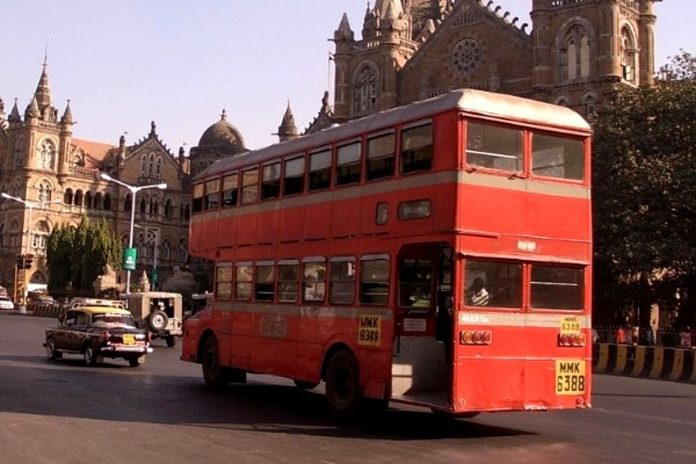As these vehicles have reached the end of their 15-year codal life, the double-decker buses will permanently cease operating from today (15 September).
The open-deck buses will be withdrawn from service on 5 October.
Mumbai’s iconic red double-decker buses, which have been an integral part of the city’s public transport system for over eight decades, will be taken off the streets this week, according to an official from the BEST undertaking.
The open-deck double-decker buses, which have been popular among tourists for sightseeing since the 1990s, will also no longer be seen on the city streets starting from the first week of October.
Commuter groups and bus enthusiasts are urging Brihanmumbai Electricity Supply and Transport (BEST) to preserve at least two of these iconic vehicles at its Anik depot-based museum.
They have written to the Maharashtra Chief Minister, Tourism Minister, and the BEST administration, expressing their desire to see these buses preserved.
The BEST spokesperson stated that currently, there are only seven double-decker buses remaining in the fleet, including three open-deck buses, reports Economic Times.
As these vehicles have reached the end of their 15-year codal life, the double-decker buses will permanently cease operating from today (15 September).
The open-deck buses will be withdrawn from service on 5 October.
Significance Of Double-Decker Buses
Mumbai stands out as the only city in the country with a significant number of double-decker buses in public service.
The introduction of red double-decker buses in Mumbai’s public transport system dates back to 1937. Over the years, they have become a symbol of the city itself and have even made appearances in Bollywood movies’ set in Mumbai.
In the early 1990s, the fleet of double-decker buses owned by the BEST consisted of approximately 900 buses. However, over time, this number gradually decreased after the mid-90s.
Due to the high operating cost, the BEST administration made the decision to stop adding double-decker buses to their fleet after 2008.
Starting from February of this year, the BEST has been replacing these iconic buses with leased battery-run red and black double-decker buses. So far, they have introduced around 25 of these buses.
Recently, the BEST announced their plans to acquire open-deck buses for sightseeing purposes. The process of acquiring these buses has already begun. In the meantime, the new battery-run double-decker e-buses will be used to cater to tourists.
Reasons For Retirement Of Double-Decker Buses By BEST
As Bombay grew over the years, so did the number of these buses. They peaked at 900 in the 1960s. But the number of buses now remains at 48, which will be phased out by 2023.
BEST phased out these buses mainly because spare parts were scarce, and they were more expensive to buy. They were also cumbersome to transport, leading to many difficulties.
Double-deckers were also becoming economically unviable because of their high fuel consumption.
It was not until 1955 that an Indian firm, Ashok Leyland, began producing them.
Before that, buses were all produced by foreign companies like Daimler, AEC (Associated Equipment Company), and Leyland Motors because they were all launched during the British administration.


